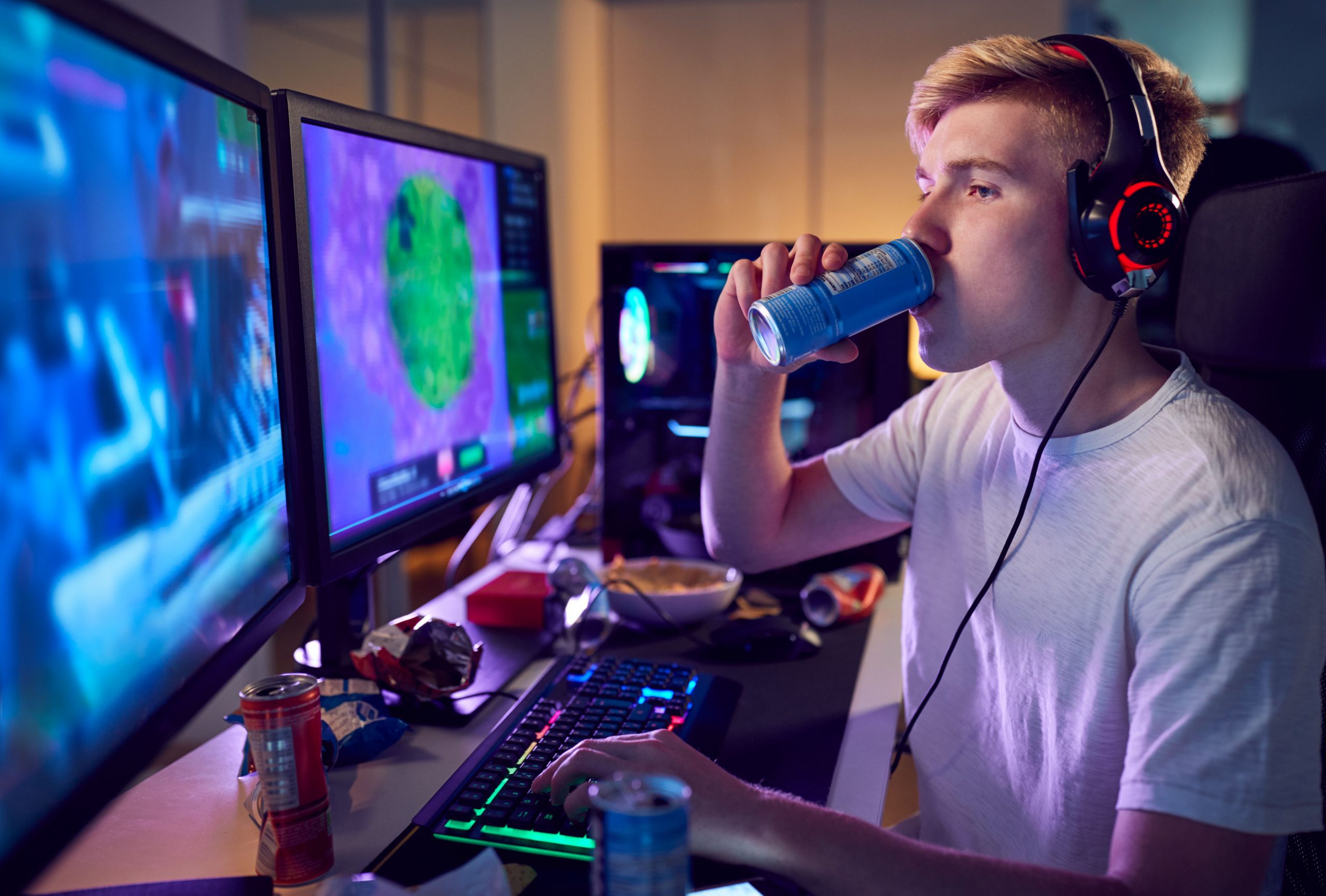Electronic device use and beverage related sugar and caffeine intake in US adolescents
This 2019 study aimed to examine the possible link between soda and energy drink consumption and its associated added sugar and caffeine intake, with electronic device use among American adolescents. By utilizing secondary data from the 2013-2016 cycles of Monitoring the Future Survey, Bradbury et al. (2019) was able to measure the level of energy drink and soft drink intake of 32,418 students in grades 8 and 10 (from 252-263 schools across all U.S. states). Although the number of soda and energy drinks consumed decreased each year from 2013-2016, the children’s daily use of electronic devices was maintained. Each additional hour of watching TV per day was associated with a 6.92g (p<0.001) rise in sugar intake, a 32% higher risk of exceeding World Health Organization (WHO) recommended sugar intakes, and a 28% elevated risk of exceeding caffeine recommendations. Furthermore, each hour spent talking on the cellphone every day was connected with higher risks of sugar and caffeine overconsumption by 14% and 18%, respectively, according to the WHO’s figures. Video game use was only weakly related to caffeine intake, while using computers for school purposes was linked with a lower likelihood of eating too much sugar. This study demonstrated the association between more electronic device use, especially TV time, with higher consumption of beverage-derived added sugar and caffeine among adolescents across the U.S. [NPID: screen time, eating behaviors, social media, soda, energy drinks, school, electronic devices, sugar, caffeine, school computers, SSBs, sugar-sweetened beverages]
Year: 2019
 Navigation
Navigation






